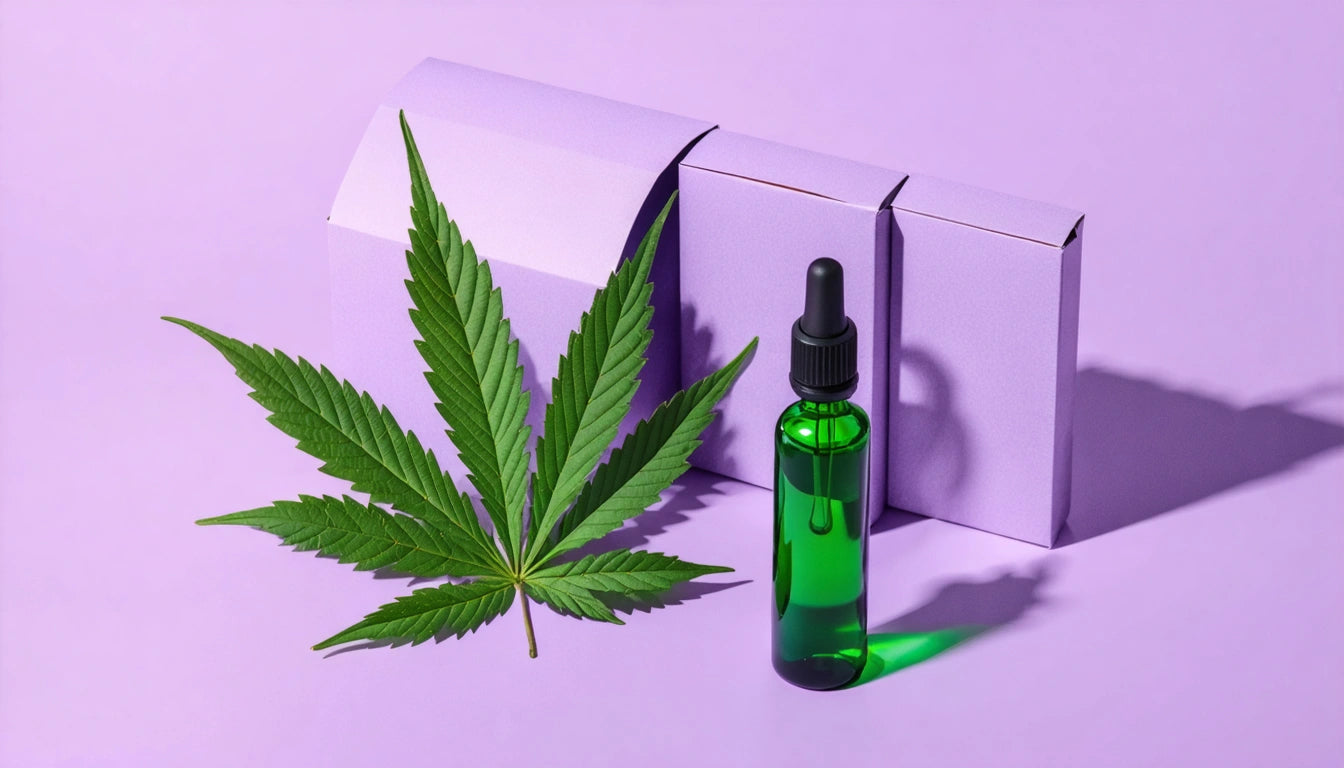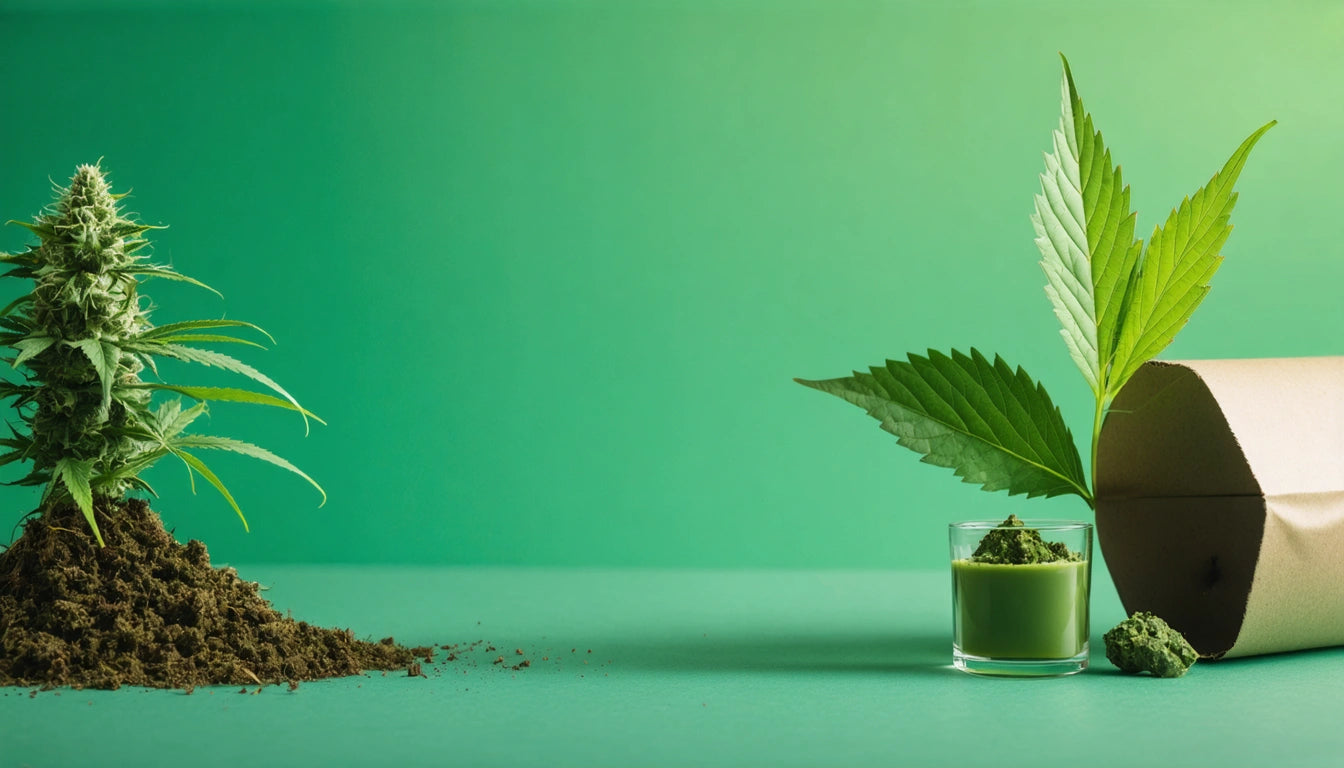Table of Contents
The Impact of Typography in Packaging Perception
Typography in cannabis packaging does more than simply convey information. It communicates brand personality, influences consumer perception, and can significantly impact purchasing decisions. As the cannabis market matures, brands are discovering that thoughtful font selection and typographic design are powerful tools for standing out in increasingly crowded dispensary shelves.
Typography Fundamentals in Cannabis Packaging
Typography encompasses font selection, spacing, size, and arrangement of text elements. In cannabis packaging, these elements must work together to create clarity, establish hierarchy, and reinforce brand identity. According to research on typography in packaging design, consumers form initial impressions within seconds, making typographic choices critical to capturing attention.
Key typographic elements that influence packaging perception include:
- Font style (serif, sans-serif, display, script)
- Weight and emphasis (bold, light, italic)
- Size and scale relationships
- Spacing (kerning, leading, tracking)
- Color and contrast
These elements must be carefully balanced, particularly in cannabis packaging where compliance information must coexist with branding elements in limited space.
Consumer Psychology and Font Selection
Different typefaces evoke distinct emotional responses and associations. Sans-serif fonts like Helvetica and Futura often convey modernity, cleanliness, and simplicity, making them popular choices for medical and wellness-oriented cannabis products. Serif fonts like Times New Roman or Baskerville tend to communicate tradition, reliability, and sophistication, which can help establish credibility.
Display and decorative fonts can create strong brand recognition but should be used sparingly. As noted in this guide on effective packaging fonts, the most successful cannabis brands typically use no more than two or three typefaces across their product line to maintain consistency and recognition.
Typography Hierarchy and Information Flow
Effective typography creates a clear visual hierarchy that guides consumers through information in order of importance. For cannabis products, this typically follows a pattern of:
- Brand name/logo (primary visual element)
- Product name/strain
- Product type/category
- Key selling points (THC/CBD content, effects)
- Required compliance information
This hierarchy helps consumers quickly identify relevant information while reinforcing brand recognition. Strategic use of negative space enhances readability and creates breathing room between information blocks, preventing the cluttered appearance that can make products seem less premium.
Strategic Font Pairing for Brand Identity
Successful cannabis packaging often features thoughtful font pairing that creates contrast while maintaining harmony. Common approaches include:
- Pairing a bold sans-serif for headlines with a readable serif for body text
- Using different weights within the same font family
- Contrasting a distinctive display font for the brand name with a highly legible font for product information
For product lines with multiple SKUs, consistent typography across jar lids, caps, and primary packaging helps create a cohesive brand family that consumers can easily recognize, even when products use different container types.
Typography and Compliance Requirements
Cannabis packaging faces strict regulatory requirements that directly impact typography decisions. Key considerations include:
- Minimum font sizes for warning statements
- Required contrast between text and background
- Prominence of THC/CBD content information
- Readability of batch information and testing data
Successful brands integrate these requirements into their design system rather than treating them as afterthoughts. This approach ensures compliance while maintaining brand integrity and visual appeal.
Future Typography Trends in Cannabis Packaging
As the cannabis industry evolves, several typography trends are emerging that will shape packaging perception:
- Variable fonts that can adjust weight, width, and other attributes while maintaining brand consistency across different package sizes
- Custom typefaces developed specifically for cannabis brands to create truly unique identities
- Responsive typography that works seamlessly across physical packaging and digital platforms
- Inclusive design approaches that prioritize readability for all consumers, including those with visual impairments
Brands that stay ahead of these trends while maintaining focus on clarity and communication will create packaging that not only complies with regulations but also creates meaningful connections with consumers.
Typography in cannabis packaging is not merely decorative. It's a strategic tool that influences perception, communicates brand values, and guides consumer decision-making. By understanding the psychological impact of different typographic choices and creating thoughtful hierarchies of information, cannabis brands can develop packaging that stands out in an increasingly competitive marketplace while meeting the industry's unique regulatory requirements.











Leave a comment
All comments are moderated before being published.
This site is protected by hCaptcha and the hCaptcha Privacy Policy and Terms of Service apply.